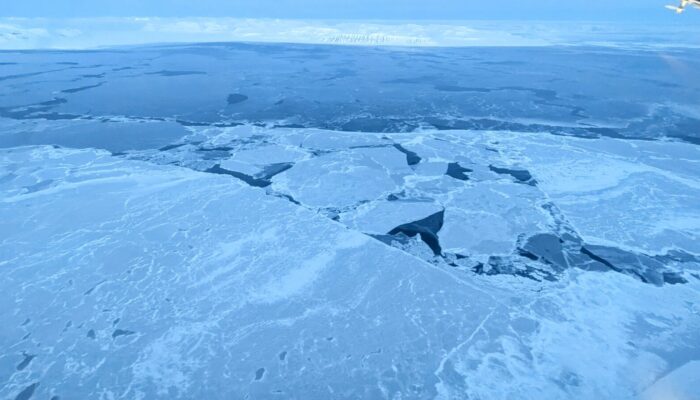
In the age of climate change, glaciers across the Arctic are melting, consequently reducing regional freshwater supplies and contributing to the ongoing rise in global sea levels. But how fast do they melt? And is it possible to predict that?
A new study on the Xeitl Sit’ (LeConte) glacier in Alaska aims to answer these questions. The research group from Oregon State University, Harvard University, Tufts University, the University of Oregon, Rutgers University and University of California San Diego focused on what is driving melt rate at tidewater glaciers. Tidewater glaciers are glaciers that extend out, and terminate into the sea. They are part of a group known as calving glaciers, as their main method of ice loss is through iceberg calving. The researchers had to find a way to bypass the dangers of working at a glacier terminus, where the icebergs can be calving off, putting anything in danger that’s within a 100 meters radius of the terminus and fill the gap of direct observations of what the ocean is doing right next to the ice, and how quickly the ice is mounted.
To solve this issue, the researchers developed a system to robotically mount instruments into the ice on the water surfaces The device called Meltstake is delivered to the to the terminus using a remotely controlled surface boat, and then a remotely operated vehicle (ROV) mounts it into the ice over the water. Once the Meltstake is there, it measures parameters like the water temperature and how the water is moving, as well as how quickly the ice is melting in that patch of glacier.
In their study presented at EGU25, the scientists showed that in 2024,they managed to get three Meltstake deployments at a glacier called Xeitl Sit’ in southeast Alaska and what they saw was very surprising.
“When you look at what the ocean is doing next to the glacier, it’s as if the water is washing around in all different directions. There’s no preferential flow, like upward movement or plumes caused by melting. We would expect the water to flow away or into a large discharge plume, which is essentially a river of meltwater that comes out from underneath the glacier. But what we’re finding is that the flow of water is really just randomly washing around. It’s sort of defining what our understanding of what the ocean is doing underneath the glacier”, says Kaelan Weis, a PhD student at Oregon State University and the presenter of this study.
According to Kaelan, in order to predict how fast glaciers are melting, we need to know how fast the water is flowing along the glacier.
“We have a general idea of how large-scale currents and plumes behave in fjords, but that big-picture view misses important small-scale fluctuations that drive the melt rate. […] When we include smaller, direct observations of fluctuations, the models are more accurate — underestimating melt by about a factor of two. That remaining gap is still a mystery, but we’re getting much closer to understanding what’s happening under the water and how to predict glacier melting more accurately”.
Tidewater glaciers, such as the Xeitl Sit’, are the boundary where ice sheets flow into the ocean, which is highly efficient at turning that ice into meltwater. The fresh water coming from these ice sheets in Greenland and Antarctica, is controlled to some extent by the melting. Therefore, we need to understand how quickly they’re melting in order to predict the fate of our ice sheets. “All that fresh water going into the oceans, changes things like ocean stratification, possibly large scale ocean circulation, and it can affect other things, like the ability for primary producers to, sit in the in the zone within the ocean that they want to, not to mention the sea level rise”, Kaelan added.
“With these small robots, we’re getting closer to understanding what’s really happening beneath the surface. It’s exciting — and all of this data will feed into predictive models, which are key for the future”.
References
Weiss, K., Nash, J., Wengrove, M., Osman, N., Pettit, E., Cohen, N., Nahorniak, J., Knox, T., Jensen, K., Ross, L., Zhao, K., Jackson, R., Sutherland, D., Waghorn, L., Ovall, B., and Skyllingstad, E.: The first successful deployment of an ice-mounted instrument platform to measure submarine melt rate and boundary layer flow at an active tidewater glacier , EGU General Assembly 2025, Vienna, Austria, 27 Apr–2 May 2025, EGU25-21454, https://doi.org/10.5194/egusphere-egu25-21454, 2025.

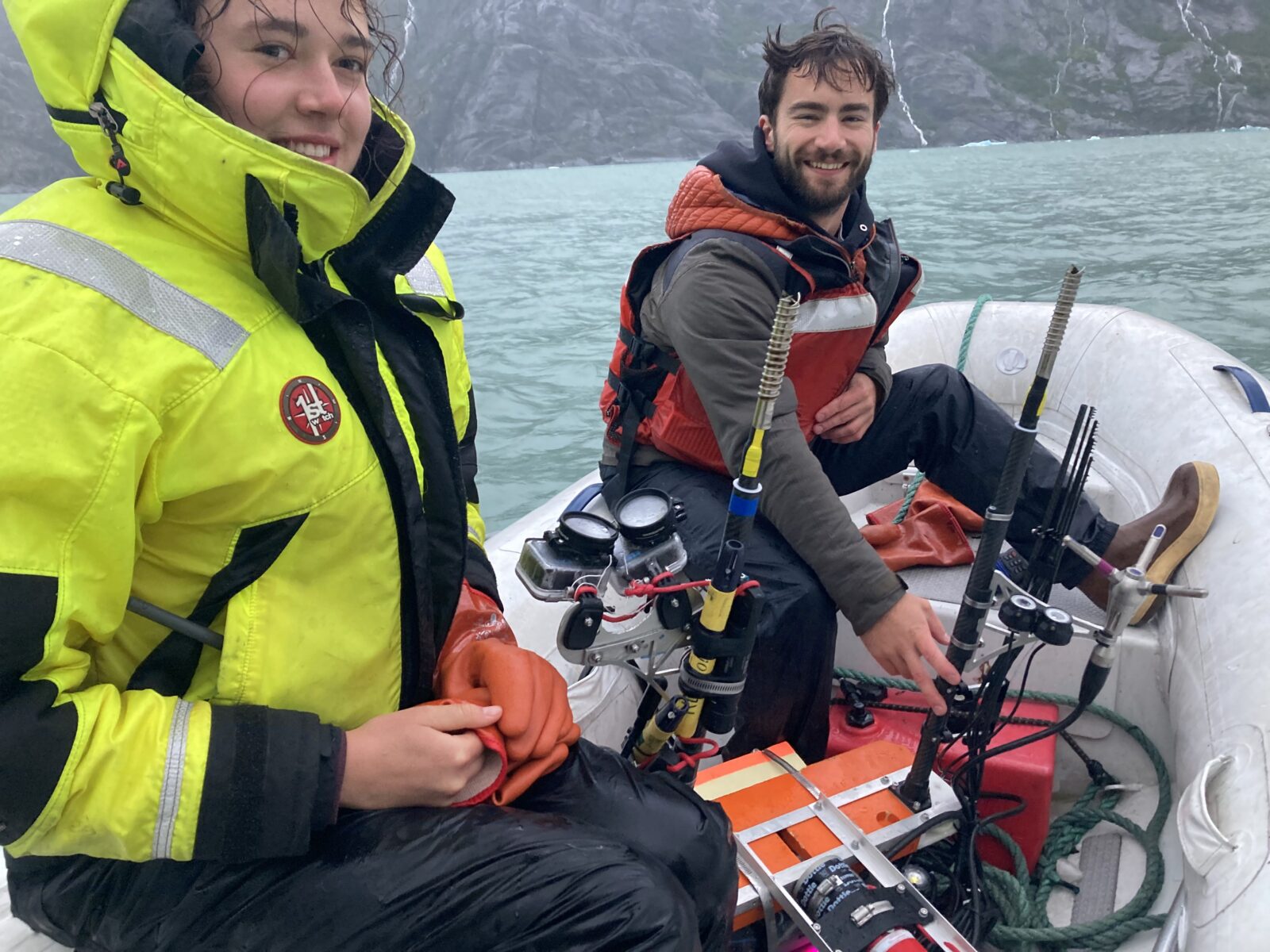
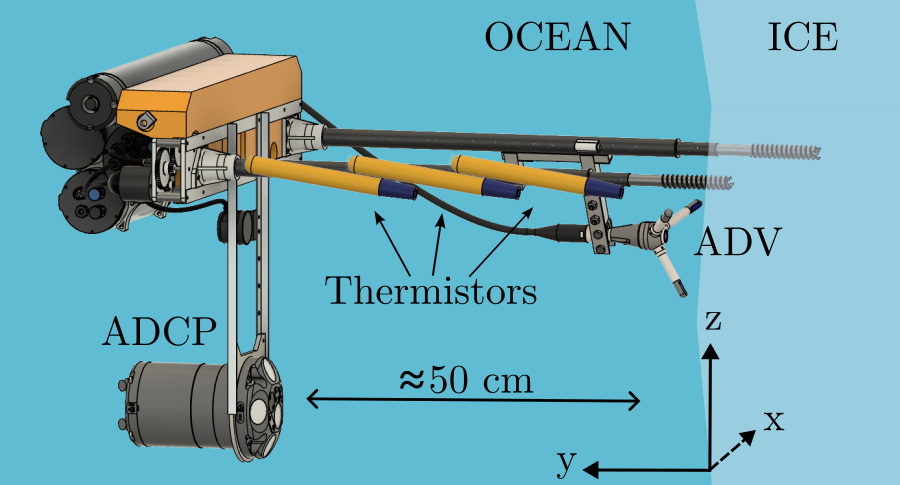
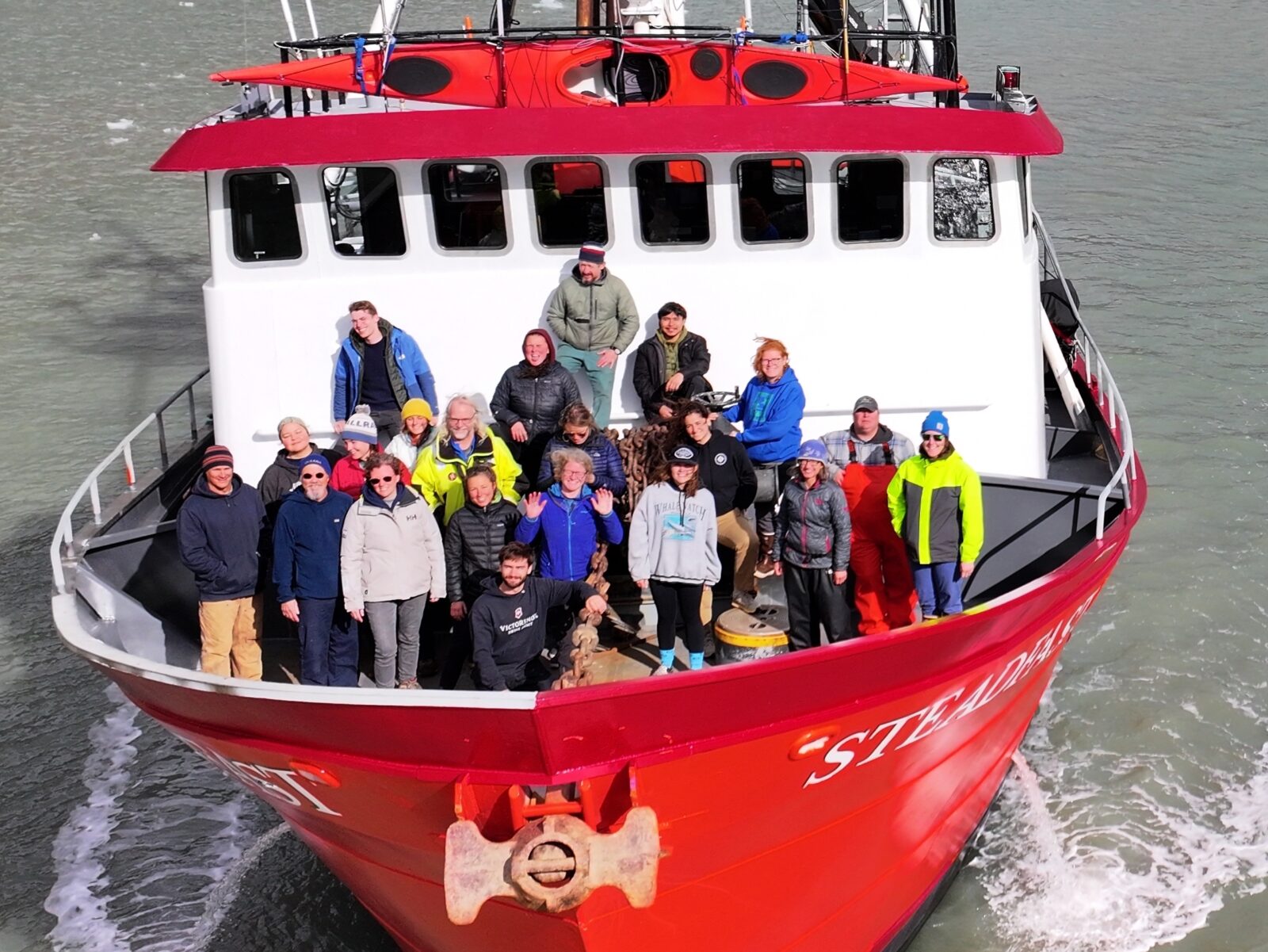
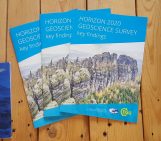



Galyna Sokol
Очень актуальные и интересные исследования.